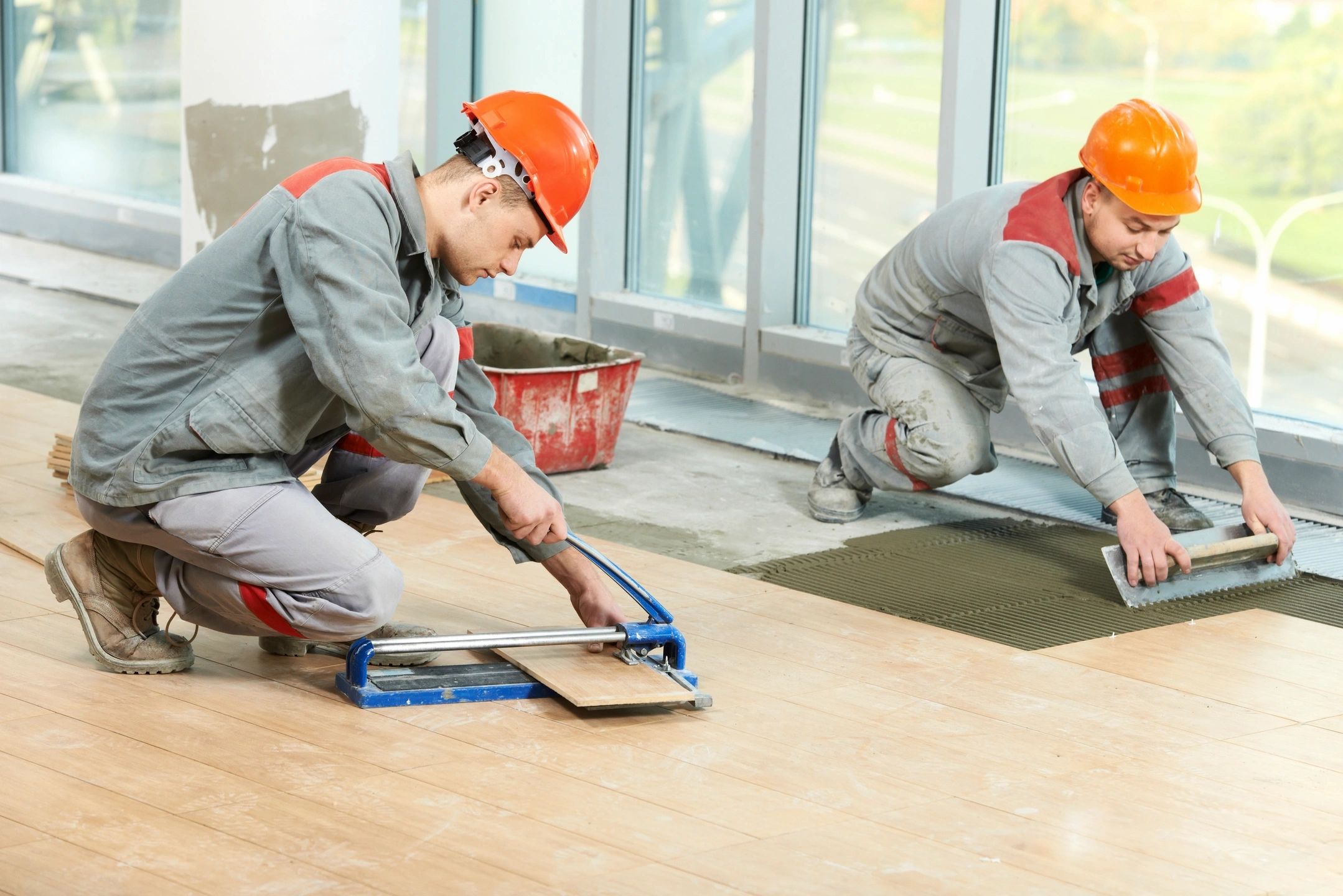The Right Cleaning Methods for Different Types of Floors

Oftentimes, we don’t see how floors can change the overall aesthetic of your home. There are actually several types of flooring to decide on based on your preference, functionality, foot traffic, general climate of the area and other factors. It is also good to note and remember that flooring installation can cost you up in the thousands. It is a must then to maintain your floors so that it can last longer, unless you plan to spend thousands on replacing them ever so often.
Floor maintenance generally means cleaning them and ensuring that no harmful substance or element can cause damage to them. But there are different cleaning methods as there are different types of floors. You cannot use a method for one type of floor to an entirely different type of floor.
You can check out the list below for the common type of floors that you may not know how to clean and maintain to help you determine which cleaning method is more appropriate:
Wooden Floor
Wood is the material most often used in houses. Its natural shade, grain and texture make it one of the most sought-after types of flooring. It adds character and gives off a natural vibe to any house. And, unlike other types of flooring, wooden floors don’t absorb allergen particles like dust. However, if not maintained well, permanent damage can be expected.
The number one enemy of any wooden surface is of course, water. It can cause water stains that can be unsightly and can affect your wood’s natural finish. It is thus, important to know the most appropriate cleaning method for wooden floors.
You can wipe off the dust using a soft broom or mop. Soap and water seem to be the go-to cleaning solution for any type of flooring. But since water is wood’s enemy, you must ensure that if you do mop wooden floors, you only have to keep your mop damp and not soaking wet. Then after, go over with a dry cloth or mop. It is still advisable though for you to use a cleaning solution specific to wood that is available in the market.
If your floor is in a high-foot traffic area, you must do a routine cleaning as part of your floor maintenance. If you can, sweep, vacuum or wipe the floor daily to remove dust.
Concrete Floor
If you are one homeowner who goes for an industrial look in your house then concrete floor is a way to go. You can have the benefit of durability and ease of maintenance while achieving that industrial-themed look for your home. It also is a good choice especially if your home or a certain area in your home is expecting high foot traffic.
You have to remember though that as durable as it can be, concrete floor is a porous surface. Naturally water or any liquid and moisture can seep into it. To prevent that from happening, you can have commercial concrete sealer applied to your floor. You can do this for your concrete floors indoors. In cleaning, you must first dust off your floor. Then, you can just use a mop and a mild cleaning solution so as not to dull your concrete floor’s polished luster.
For a concrete floor with a rough finish, especially for your outdoor spaces, a power washer is found the easiest method of cleaning. It would also need routine scrubbing to avoid dust and dirt build-up in the porous surface. You can use a stiff brush to scrub the concrete floor.
Terrazzo Floor
Terrazzo is a precast composite material made up of chips of marble, granite, quartz, glass and other similar materials. These are poured with chemical and polymeric binders. Seen as one of the most durable types of flooring these days, Terrazzo floor is water and stain damage resistant. If maintained properly, it can last a very long time. If it gets worn down due to time or other circumstance, it is easy to bring back its glory by re-finishing and polishing it.
As a daily cleaning routine, you can sweep the dust off or mop the terrazzo floor. If there are visible stains, go over the spots with the type-specific floor cleaner and do a bit of elbow grease to wipe them off. Weekly, you can clean the terrazzo floor with a damp mop with the cleaning solution. If floors, after a week are heavily stained and soiled, you can use a mechanical buffing machine and a cleaning solution. Mop the remaining residue with water before drying the Terrazzo floor. After drying, you can go over the floor with a dry brush.
Another maintenance check for the Terrazzo floor is the resealing. You can do this twice a year – to strip away the sealers that were applied then reseal. Ceramic Tile and Marble Floors
These are the types of floor that for certain you can find in at least one area in anyone’s home. There are many designs to choose from making it a very popular type of flooring. Like concrete and Terrazzo floors, ceramic tiles and marble also have a hard and solid surface. They don’t absorb dirt or dust and other particles so you can easily spot stains making it easy to wipe them.
The material itself is not too expensive as there are designs and styles that fall under the budget category. It just is not that easy to install if you are to DIY. It can already cost as much as the others to install if you will get the help of the professionals.
Care and maintenance of ceramic tile floors is also a breeze. For most glazed tiles, daily maintenance can consist of only a simple sweeping and vacuuming off the dust. This goes the same for the unglazed ones only that you need to apply a sealer first to protect it from liquid stains.
Deeply cleaning it would mean mopping it wet with water and a cleaning solution.
Vinyl and Linoleum Floors
Vinyl and Linoleum floors are often seen as similar. They are not. Linoleum is made of natural materials like linoxyn, pine resin, wood flour, ground cork dust and mineral fillers. Vinyl, on the other hand is made up of synthetic materials.
Speaking of durability, linoleum floors last longer than vinyl ones. On the ease of installation, vinyl takes the win. Practically anyone can install vinyl floors by gluing them down or just nip them together. Both are resistant to water but linoleum floors while so, will still need to be coated with a water sealant. Vinyl doesn’t need to be.
They do however require similar care – dusting and vacuuming on a daily basis. And, if there are spills, they should be wiped off immediately and completely to prevent moisture from seeping in. Use a non-abrasive wipe or cloth to avoid scratches on the surface. For deep cleaning, you can use a damp mop with a very mild cleaning solution specific for vinyl or linoleum floors. You can also apply floor wax that is linoleum or vinyl-friendly then polish it off with a cloth.
